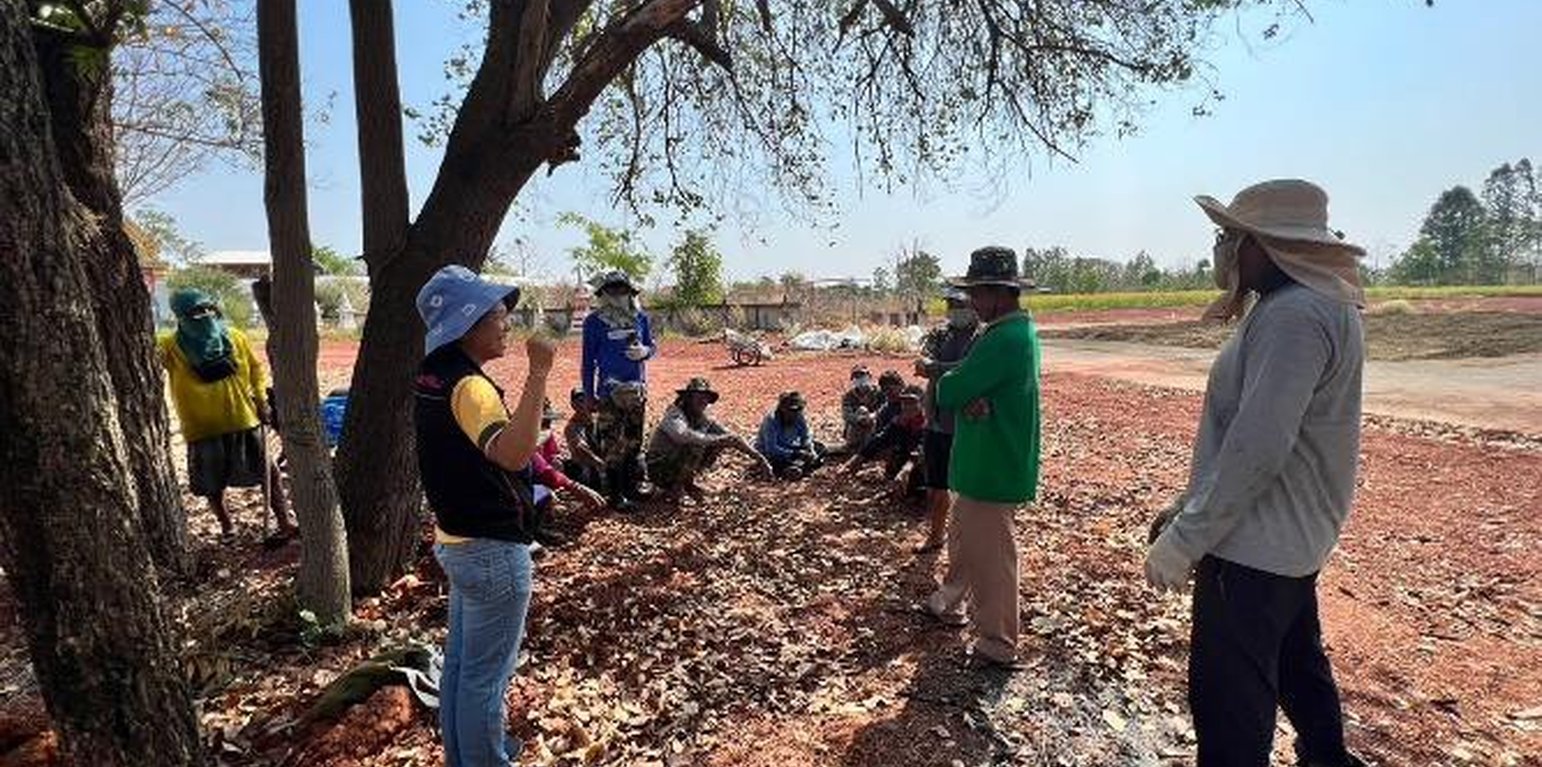



Most agricultural areas in Northeast Thailand rely on rainfall, and some face the added challenge of saline soils. Rice is the dominant crop, cultivated primarily under rain-fed conditions. However, climate variability has intensified, leading to changes in rainfall distribution and creating further uncertainty for farmers. Additionally, labour shortages have emerged due to an ageing population and rising labour costs. In response to these challenges, adjusting the agricultural system from monoculture rice cultivation to integrated farming offers a viable alternative for enhancing sustainability. Integrated farming promotes product diversity and food security, helping farmers reduce risks associated with climate variability and market fluctuations.
The Soil Doctor Network, a community-based initiative supported by the Land Development Department, plays a pivotal role in promoting sustainable land management. The program trains and empowers local farmers to become volunteer “soil doctors” who serve as local experts and advisors. These soil doctors undergo extensive training in soil management, integrated farming techniques, and sustainable agricultural practices. They assist fellow farmers in improving soil health and adopting more resilient farming methods. Soil doctors are organized into local networks at the village or sub-district level. Experienced soil doctors lead these networks, acting as coordinators to ensure effective communication and collaboration among members. They also liaise with government agencies to secure technical support, financial assistance, and up-to-date information on sustainable farming practices.
A Soil Doctor Network’s impact can be witnessed in Ban Doo Noy, Non Daeng sub-district, Non Sila district, Khon Kaen province. This area, previously dedicated to monoculture rice cultivation conducted once a year, has undergone significant transformation through the adoption of integrated farming. Farmers have leveled fields, widened levees, dug ponds, drilled artesian wells, and diversified their crop production. Today, the farms in Ban Doo Noy feature a variety of crops, including rice, papaya trees, bananas, and grass for livestock grown on the levees, alongside vegetable cultivation. Post-harvest crops such as sunn hemp, sweet corn, sugar cane, and cattle raising have been incorporated, further enhancing productivity and resilience. The integrated farming system has also effectively addressed the issue of saline soils by improving soil structure, preserving moisture, and reducing salinity accumulation. The use of cover crops, crop rotation, and organic matter enrichment has played a crucial role in mitigating soil salinity and preserving the natural ecosystem. These sustainable practices have improved soil fertility and water retention, enabling farmers to maintain long-term agricultural productivity.
Through the sustained efforts of the Soil Doctor Network, local land users in Northeast Thailand are now better equipped to manage their land sustainably. By fostering knowledge-sharing and community-driven initiatives, the network has empowered farmers to reduce their reliance on external support while ensuring long-term productivity and resilience in the face of climate and economic challenges.
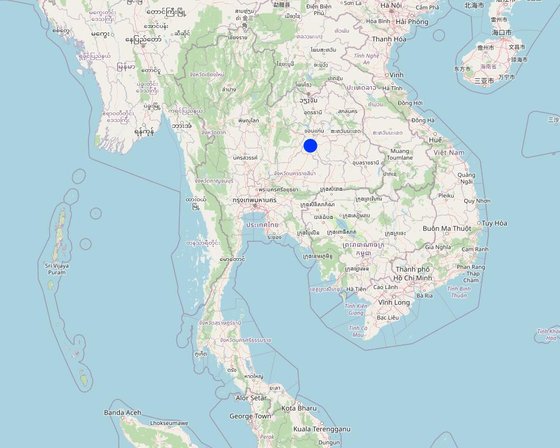
Lieu: Non Daeng sub-district, Non Sila district, Khon Kaen province, Thaïlande
Date de démarrage: 2017
Année de fin de l'Approche: sans objet
Type d'Approche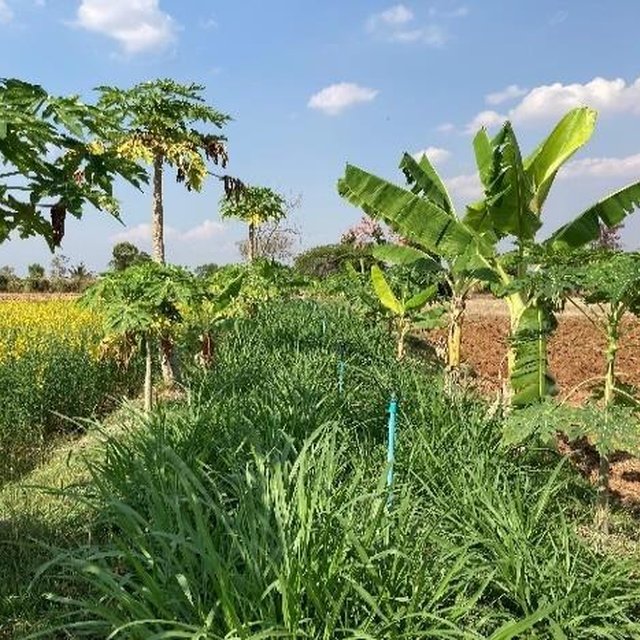
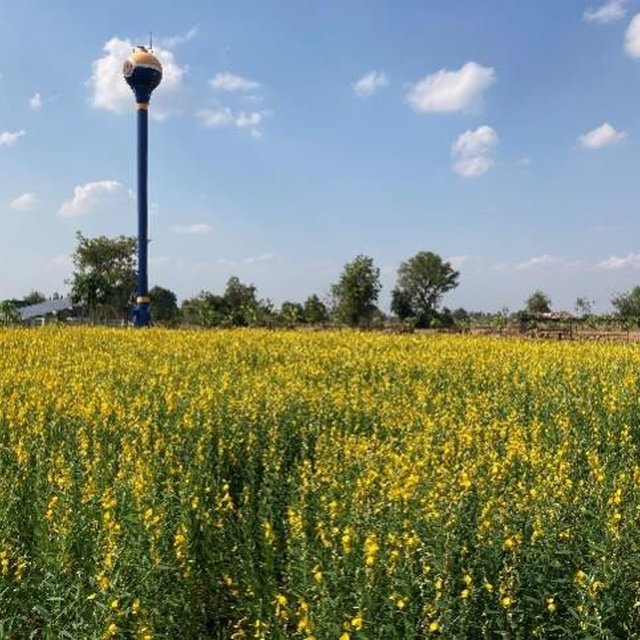
| Quels acteurs/ organismes d'exécution ont été impliqués dans l'Approche? | Spécifiez les parties prenantes | Décrivez le rôle des parties prenantes |
| exploitants locaux des terres / communautés locales | The group of farmers of the soil doctor network | It is the one implementing the approach of using the integrated farming technology in its own agricultural areas. There are 10 members participating in the network. |
| Spécialistes de la GDT/ conseillers agricoles | Land Development Department officers | They are the ones who transfer knowledge, support production factors such as Sunn hemp seeds etc., including giving advice regarding putting in use correctly, suitably and mutually studying changes occurring in areas with saline soil. |
| gouvernement local | Government agencies and local agencies | Government agencies and local agencies are the ones supporting in terms of knowledge of other related areas. |
| local land users | Farmers and the interested general public | Applying knowledge to develop their own agricultural areas due to the fact that production factors can be made locally with prices not so high |
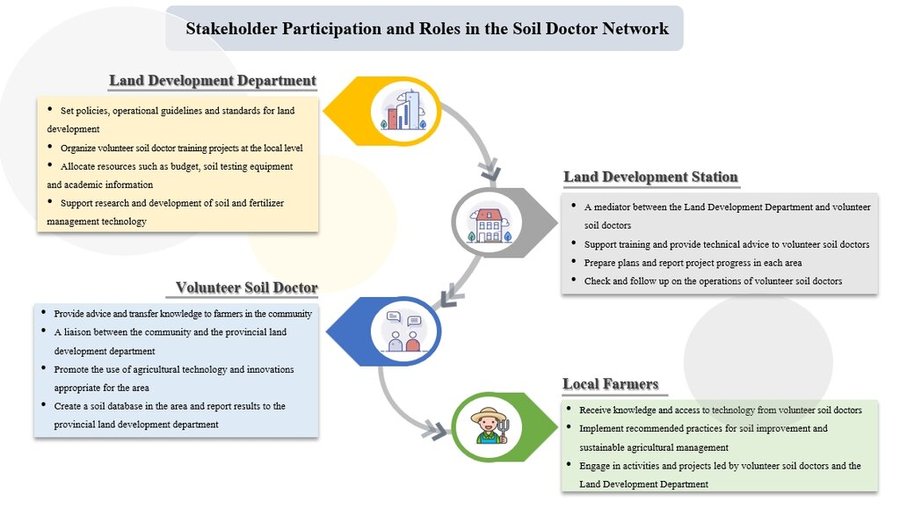
Les décisions ont été prises par
Les décisions ont été prises sur la base de
Land users can form local groups or cooperatives to share resources, exchange knowledge, and collectively address challenges. This reduces the need for external intervention by fostering peer-to-peer support. They can use locally available resources such as produce organic fertilizers (e.g., compost, manure) and soil amendments, reducing reliance on external inputs. Using simple soil-testing tools and techniques learned through the network, land users can periodically monitor soil health and adjust practices accordingly.